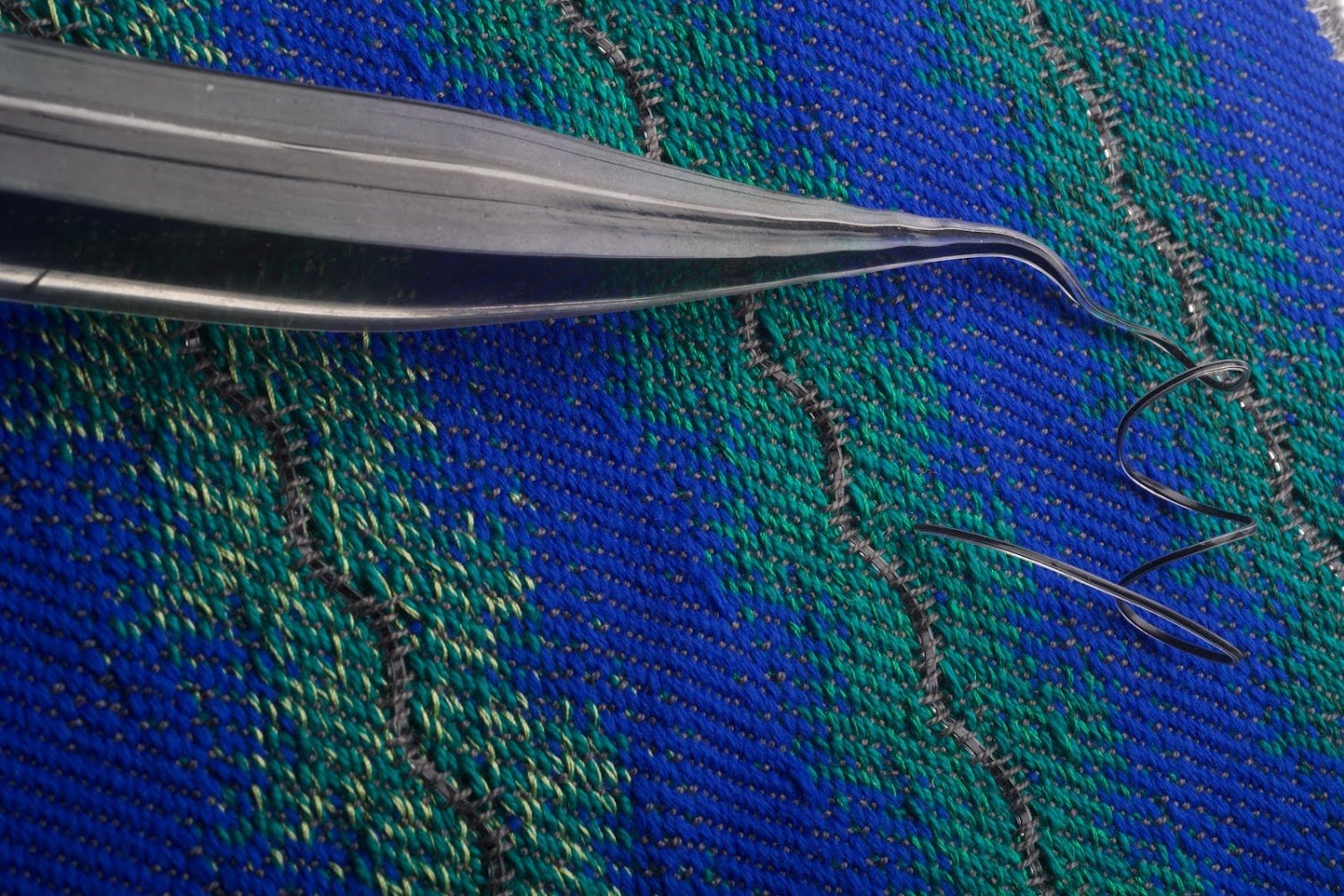Media release
From:
Fabrics containing special fibres that are capable of efficiently detecting sounds are presented in a paper published in Nature. Inspired by the intricate hearing system in our ear, these fabrics can be used for two-way communication, to aid directional hearing or to monitor heart activity.
The development of fabrics that can detect and process sound could unlock a wide range of practical possibilities, from advances in computing fabrics to security and biomedicine.
Yoel Fink and colleagues present a new design of fabric that can function as a sensitive microphone inspired by the complex structure of the ear, in which vibrations created by sound travel to the cochlea where they are converted into electrical signals. The design involves a specialized electrical fibre — known as a piezoelectric fibre — that is woven into fabric yarns and can convert pressure waves at audible frequencies into mechanical vibrations. The fibre is then able to convert these mechanical vibrations into electrical signals, analogous to the process that occurs in the cochlea. Only a small quantity of the specialized piezoelectric fibre is required to render the fabric acoustically sensitive: just one fibre can be used to generate tens of square metres of fabric microphone, which is then capable of detecting weak sound signals such as human speech. The fabric can also be machine-washed, with draping qualities, making it ideal for wearable applications.
Three main applications are demonstrated for the design when woven into shirts. The garment can detect the direction from which a clapping sound originates; facilitate two-way communication between two individuals, each of whom is wearing the acoustic fabric; and monitor the heart when the fabric is touching the skin. The authors anticipate that the new design could be applied to a variety of situations, including for security (for example, detecting where a gunshot has come from), aiding directional listening in individuals with hearing aids, or in real-time long-term monitoring for those with heart and respiratory conditions.
Multimedia








 International
International



